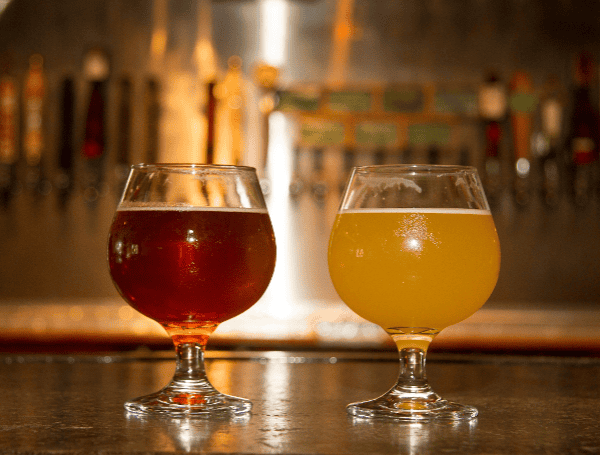In the past decade, the Florida craft beer industry has experienced explosive growth, expanding from 66 to 396 breweries – a sixfold increase. A new Ask IFAS study from UF/IFAS food and resource economics department researchers provides a snapshot of the industry and explains what the boom means for brewers.
“As the number of craft breweries in the state has surged, smaller, independent breweries often lack the resources and market research capabilities of larger, well-established beer brands,” said Meri Hambaryan, a doctoral candidate who led the study. “We wanted to support Florida’s craft beer community by providing valuable, data-driven insights that could help these breweries make more informed decisions about their marketing and consumer engagement strategies.”
READ: UF/IFAS Researchers Work To Make Beer Hops A Florida Crop
The researchers surveyed 582 Florida adults to learn about their alcohol consumption and purchasing habits.
Seventy-two percent of respondents said they purchased craft beer at least some of the time, a statistic that highlights the libation’s “diverse appeal beyond a narrowly defined demographic of consumers,” according to the study.
Traditionally, craft breweries have focused on attracting male millennials, leading to saturation of that market, said study author Nathan Palardy, assistant professor and UF/IFAS Extension economist.
Survey responses and market analysis reveal opportunities for brewers to expand into other sectors. There’s a shrinking gap, for example, between male and female beer buyers; the survey indicated women purchased craft beer only slightly less frequently than men.
“Implementing inclusive marketing strategies can enhance the attractiveness of products to a growing segment of women consumers,” according to the study.
READ: Beer In Space: University Of Florida Researchers Study Microgravity’s Effect On Fermentation
Among surveyed generations, baby boomers purchased craft beer the least often, and their median monthly craft beer expenditure, $25, was half that of millennials, who purchased it most often.
But Florida’s large retiree population presents unique chances for brewers to grow their customer base, particularly in counties where boomers are a substantial demographic.
“Breweries shouldn’t discount these other market segments, especially when they’re making decisions in terms of how they label their beer or how they advertise,” Palardy said. “They need to be thinking outside the box in terms of who they target to gain market share.”
The study is the first in a series of publications about the craft beer market by the UF/IFAS food and resource economics department. Future research will explore customers’ willingness to pay a premium for beer made with Florida-grown ingredients and brewed by businesses committed to environmental sustainability.
Please make a small donation to the Tampa Free Press to help sustain independent journalism. Your contribution enables us to continue delivering high-quality, local, and national news coverage.
Connect with us: Follow the Tampa Free Press on Facebook and Twitter for breaking news and updates.
Sign up: Subscribe to our free newsletter for a curated selection of top stories delivered straight to your inbox.


